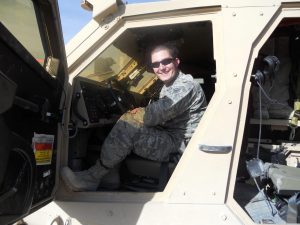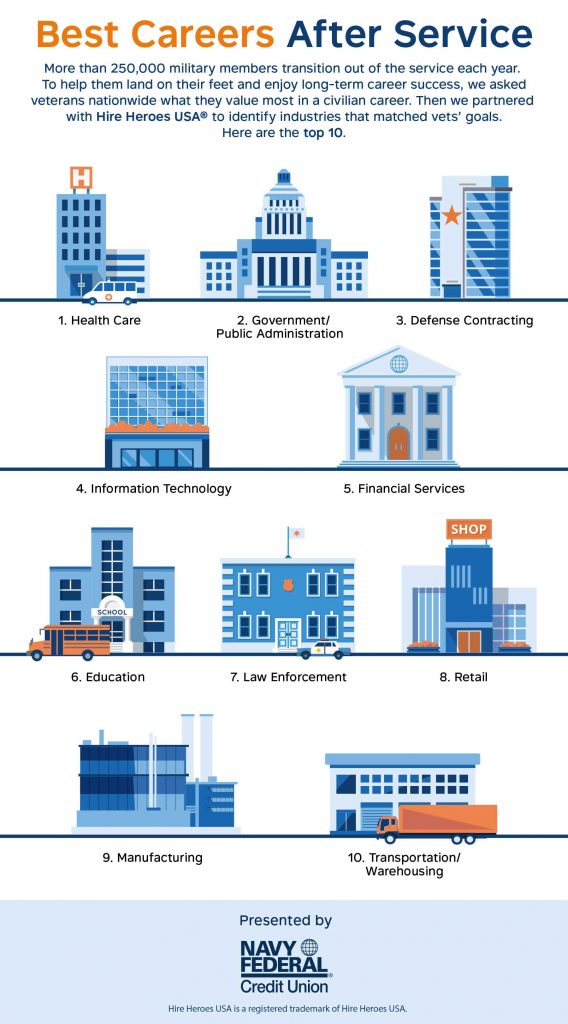
US military veterans are mission-focused, team-oriented and natural leaders that benefit any organization that hires them. Many of today's veterans organizations use data and analytics to help transition military members and their spouses find rewarding civilian careers. SAS supports those efforts and we're also proud to offer many programs to help US military veterans find jobs within the company and elsewhere.
Understanding veterans demographics can boost salaries
Hire Heroes USA has helped more than 38,000 people find jobs through employee assistance and other services to veterans and military spouses. Hire Heroes analyzes data with SAS to tailor offerings that match a veteran’s preferred career, and that lead to bigger salaries. For instance, Hire Heroes knows that young veterans are less likely to seek out their services even though they may benefit the most of any group. In fact, the career guidance and resources provided by Hire Heroes can boost a young transitioning veteran’s starting salary in a new job by $20,000 per year.
By analyzing demographic, educational and vocational data, Hire Heroes goes beyond simply matching someone with a job like the one they had while on active duty. Hire Heroes used SAS to help come up with the recently released list of 10 Best Careers After Military Service. In partnership with Navy Federal Credit Union. Some are typical landing spots for vets, such as federal government jobs or careers in logistics. But Hire Heroes takes veterans where they want to go, guided by data, and helps them build the resumes for the jobs that want.
Don't miss the infographic at the bottom of this post from Hire Heroes.
Analytics eases civilian transition, saves time and increases performance
The Institute for Veterans and Military Families (IVMF) at Syracuse University supports 200,000 military service members as they make the often-challenging transition to civilian life each year. IVMF pursues its mission by analyzing vast amounts of data on veterans, career opportunities, communities and non-profits.
As IVMF programs evolved and grew it became clear IVMF needed an overarching data strategy and a unified approach to integrating its data. Data management, visualization and advanced analytics enable IVMF to integrate disparate data sources and tell more compelling stories with data. IVMF analyzes outcomes and key performance drivers within programs and across the institute to know which services are leading to veterans establishing stable, successful civilian lives. The same analytics provides accurate forecasts to funders and other key stakeholders who want to ensure the programs are performing effectively and are adequately funded and staffed.
The technology has freed up staff time, allowing them to focus on more strategic best practices for their data management and reporting efforts. SAS has also contributed to increased performance. The ability to understand the impact of their work through measurement and evaluation allows IVMF’s staff to dive deeper into their daily work.
Ultimately, SAS has helped the IVMF stay true to its purpose. “When we ask a small minority of Americans to shoulder the burden of war on behalf of the large majority, one of the obligations we have when they take off that uniform should be to knock down as many barriers as possible,” said Dr. Mike Haynie, Syracuse University Vice Chancellor for Strategic Initiatives and Innovation, and Executive Director of the IVMF. “Everything we do at the IVMF is about knocking down those barriers, and SAS is key to this mission.”
From non-profits to corporations to government agencies, analytics can help veterans make the transition to civilian life. What other examples have you seen? Where could we see more in the future?


